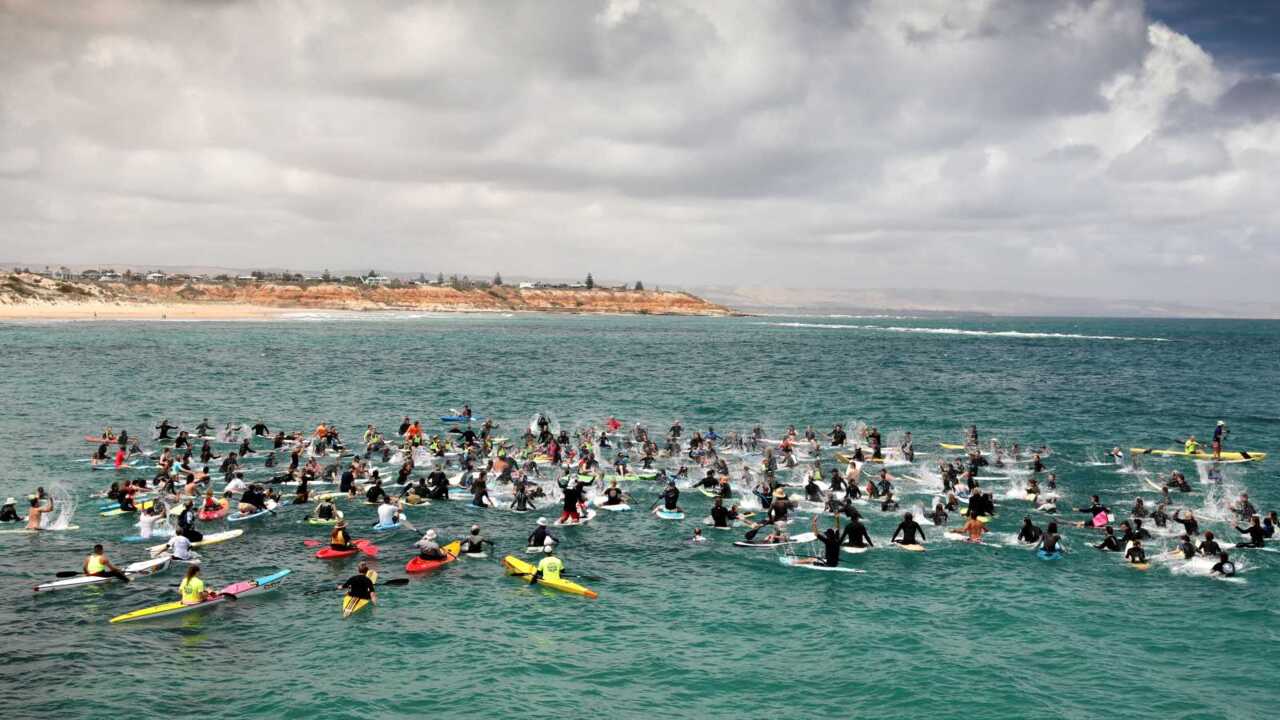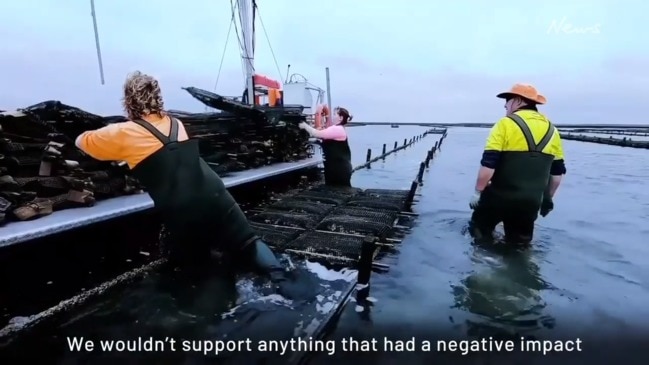SA Government backs NOPSEMA to regulate oil search in high seas
South Australians shouldn’t worry about oil companies looking for places to drill in the Great Australian Bight, the State Government says. The federal agency has it sorted.

SA News
Don't miss out on the headlines from SA News. Followed categories will be added to My News.
- Great Australian Bight oil: Equinor gets key approval
- Great Australian Bight survey: 9 crucial questions
Seismic testing for oil in the Great Australian Bight can comfortably coexist with South Australia’s $1.9 billion marine fishing industry, the State Government says.
In a submission to a federal inquiry, the Government calls for more research but says it has such confidence in the federal regulator that it would surrender control of state waters for petroleum exploration if SA opened up the zone for oil and gas.
The federal inquiry has received about 500 submissions from individuals and environmental groups opposed to seismic testing but also many submissions backing the practice from industry and scientific groups.
The SA Government submission to the Senate committee on the environment and communications describes the work of the federal regulator, the National Offshore Petroleum Safety and Environmental Management Authority, as “one of the most robust and precautionary in the world”.
“The (NOPSEMA) regime has consistently ensured environmentally responsible outcomes and has appropriately balanced offshore petroleum-related activities with the needs of other coexisting industries,” it says.

NOPSEMA on December 18 approved the environment plan of Equinor to drill for oil in The Bight at a site identified by seismic testing.
While currently SA only licenses petroleum exploration onshore and doesn’t have plans to release marine tenements, if it decided to allow exploration in state waters the Government “would be confident in conferring its regulatory powers and functions to NOPSEMA”.
Seismic testing involves generating sound waves by releasing compressed air. Analysis of how the sound waves bounce off subsurface rock layers provides information about structures and possible gases and fluids.
State waters extend three nautical miles from shore.
The Australian Petroleum Production and Exploration Association says seismic’s role in pinpointing the most likely sweet spots decreases the number of wells “that need to be drilled in a given area, thereby reducing associated safety and environmental risks as well as the overall environmental footprint of exploration and development”.
The Tasmanian Government raised concern about seismic testing, citing research by the Institute for Marine and Antarctic Studies and University of Tasmania.
The researchers found rock lobsters suffered damage to neurological systems while scallops and zooplankton (drifting microorganisms) had increased mortality on exposure to seismic air guns.

However, APPEA cited research indicating minimal effects or rapid recovery of populations.
Leading independent organisation the Australian Academy of Science said it was important for research and management of risks to be “open and subject to public scrutiny”.
“But management of scientific uncertainty should not mean halting all activity until ‘the science is settled’,” it says.
The academy says it has serious concerns recent senate inquiries are venturing toward questioning science itself.
“These inquiries seek to question science through a political lens, and so cast doubt on the reliability of the scientific method according to the palatability of its results rather than the
truth of the underpinning evidence,” it says.
It adds that any policies regarding fossil fuels must consider the need to “prevent catastrophic climate change”.
While NOPSEMA regulated oil and gas within its remit, “reducing the impacts of climate
change will require more robust action on the part of the Australian Government”.
The senate committee is due to report in May.
